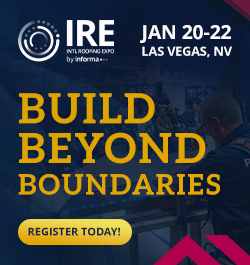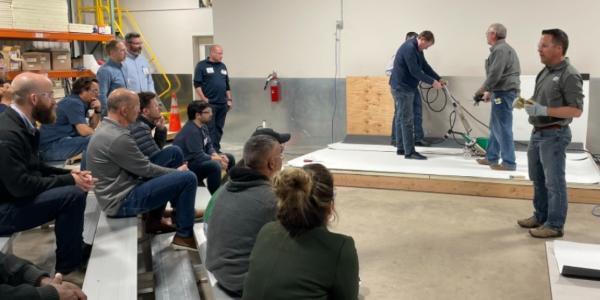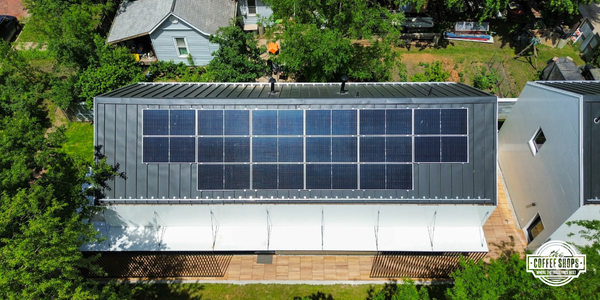Mastering PVC welding: Crucial steps for success
April 24, 2025 at 3:00 p.m.By Carlisle SynTec Systems.
Learn about fine-tuning PVC welding techniques for seamless results.
When it comes to PVC welding, precision and attention to detail are paramount. That's why we've outlined some tips to help you achieve impeccable results every time.
Account for ambient conditions
Remember that ambient temperatures can significantly impact welding temperatures and speeds. Whether you're welding in the sun or shade, be mindful of these variations. Different substrates, such as polyiso insulation or concrete, can also affect heat retention. Understanding these factors will ensure optimal welding conditions.
Master hand welding techniques
When hand welding, use a 2” silicone roller to roll across the hot seam at a 45° angle. This ensures proper fusion of the top membrane with the bottom membrane. Additionally, when welding across a step-off, promptly crease the top membrane into the step-off using the silicone roller to prevent water channel formation.
Conduct regular test welds
Due to fluctuating ambient and membrane temperatures, it's essential to perform test welds multiple times daily. Simply cut a 1”-wide strip across the weld and peel to inspect the weld area. This proactive approach guarantees consistent quality throughout your welding process.
Welds on PVC systems should produce "bleed out"
Bleed out refers to the flow of the bottom ply (of the top sheet) outside of the weld. If you do not see bleed out at seam areas this increases the probability the seam did not receive enough heat when it was welded. Be sure to probe these areas to ensure weld quality.
Use PVC or KEE HP Membrane Cleaner sparingly
when preparing seams for repair and allow at least 10-minutes for the area to completely dry before attempting welding repairs. The membrane cleaner can be absorbed into the membrane slightly and will impact weldability if not allowed to dry completely.
Probe your seams
The probing of heat welded seams is an important step in the application of Sure-Flex Roofing Systems. Carlisle recommends the use of a Carlisle Seam Probe to check all heat-welded seams, if a Carlisle seam probe is not used, a probe with a blunt tip should be used due to PVC being a “softer” membrane. All seams must be probed (after the seam has thoroughly cooled) with the appropriate seam probing tool and all deficiencies must be repaired accordingly with a hand-held hot-air welder no later than the end of each work day.
For more information, download the Sure-Flex PVC and KEE HP Welding Guide.
Learn more about Carlisle SynTec Systems in their Coffee Shop directory or visit www.carlislesyntec.com.























Comments
Leave a Reply
Have an account? Login to leave a comment!
Sign In